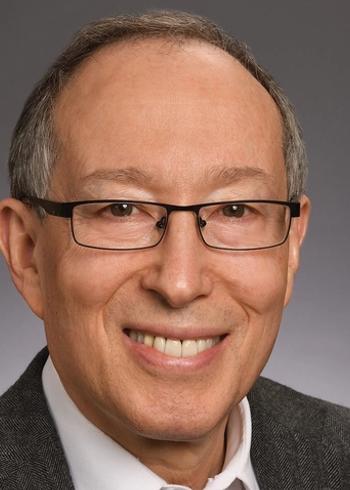
‘Physician associate’ title gains momentum across state legislatures
Key Takeaways
- The title change from "physician assistant" to "physician associate" aims to better represent PAs' roles in healthcare teams.
- The change is symbolic, with no impact on scope-of-practice regulations or prescriptive authority.
Advocates say the shift better reflects real-world clinical roles, but the path depends on state laws and hospital policies.
A growing number of states are considering legislation to change the professional title of “physician assistant” to “physician associate,” reflecting what supporters say is the
Oregon, Maine and New Hampshire have already updated their statutes. Now Ohio is among several states advancing similar efforts, according to the
What’s in a name?
AAPA voted in 2021 to adopt “physician associate” as the profession’s official title after years of internal debate. The organization has since encouraged state chapters, training programs and employers to join the movement.
Advocates argue the change is necessary to correct long-standing misconceptions among patients — and sometimes
“The term ‘assistant’ no longer reflects our role in health care or our partnerships with physicians,” said Melissa Bowlby, M.H.A., M.S.B.S., PA-C, in testimony before Ohio lawmakers on Oct. 22. “PAs do not replace physicians or other providers; rather, we work with them.”
Her comments came during a Health Committee hearing for Ohio’s House Bill 353, which would formally revise the title in state law.
Supporters also say the terminology carries practical consequences in workforce planning and team-based practice models.
“[The term] ‘associate’ communicates what PAs already are — trusted, accountable members of modern, team-based medicine,” Matthew Freado, MBA, PA-C, testified in support.
No change to scope of practice
The push is largely symbolic. AAPA emphasizes that the new title does not alter scope-of-practice regulations, prescriptive authority or supervision requirements. Those remain governed by state boards and health systems’ internal policies.
Still, implementation is not straightforward. PAs must comply with existing state statutes, employer rules, payer agreements, malpractice coverage terms and facility identification policies before updating their badges or using the title publicly.
In states without statutory changes, using “physician associate” in clinical settings could be restricted until legislation catches up.
AAPA says it is working closely with state societies to align language and avoid patchwork confusion.
Industry reaction
In 2021, the
In a statement made by the organization on June 3, 2021, then-AMA President Susan R. Bailey, M.D., said changing the title would “only serve to further confuse patients about who is providing their care … given the existing difficulty many patients experience in identifying who is or is not a physician, it is important to provide patients with more transparency and clarity in who is providing their care, not more confusion.” She added that the AMA stood in “strong opposition to AAPA’s title change.”
AAPA
What comes next
As more states consider similar legislation and programs to pursue change, the momentum is growing. AAPA reports that 30 constituent organizations have already embraced the new terminology in their names and materials — a sign, they say, that the identity shift is well underway.
But the full conversion across all 50 states could take years, given legislative calendars and the complexity of regulatory changes.
For now, PAs will continue performing the same clinical responsibilities they have for decades, while the profession negotiates how it should be known.
Newsletter
Stay informed and empowered with Medical Economics enewsletter, delivering expert insights, financial strategies, practice management tips and technology trends — tailored for today’s physicians.














